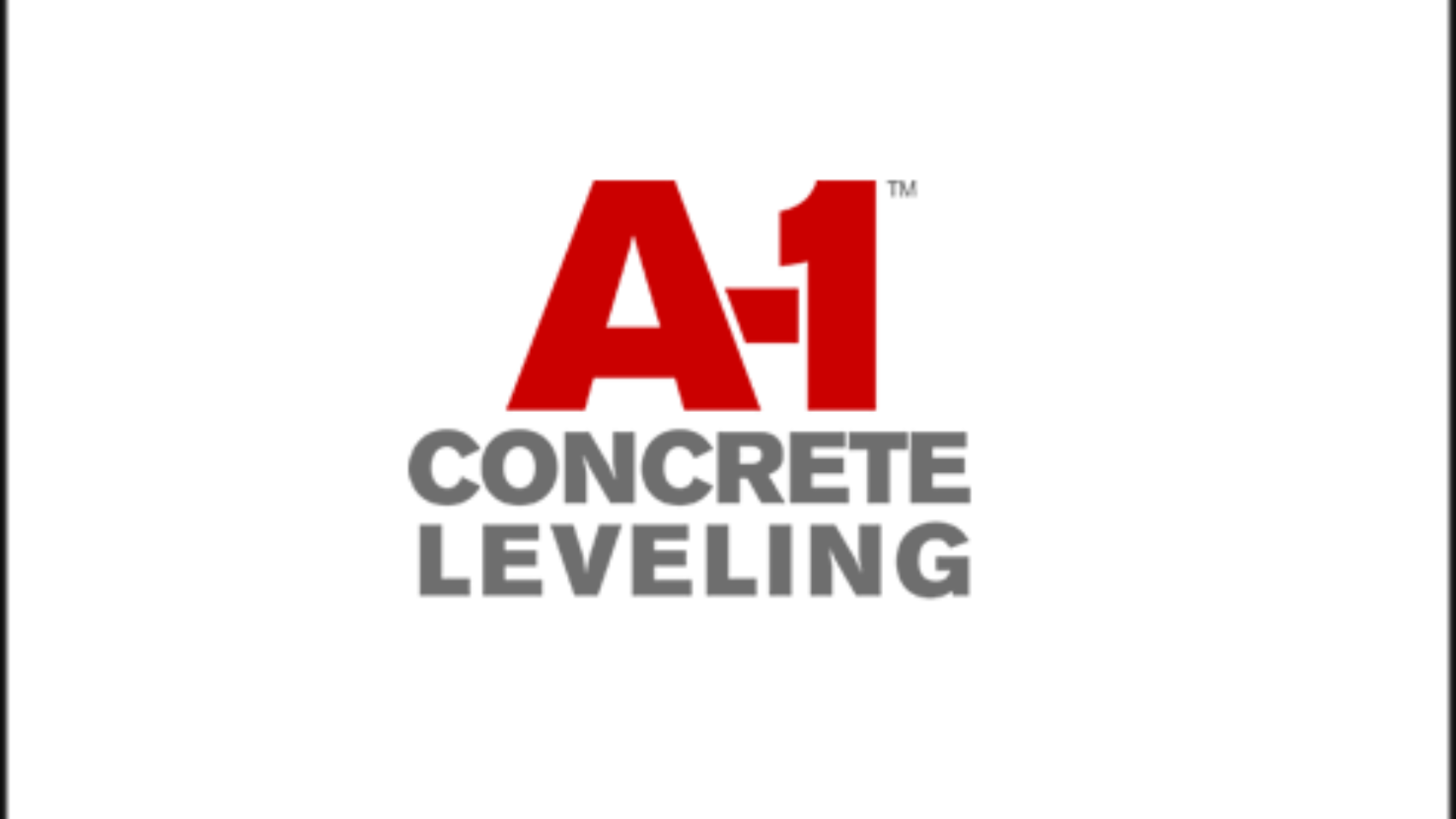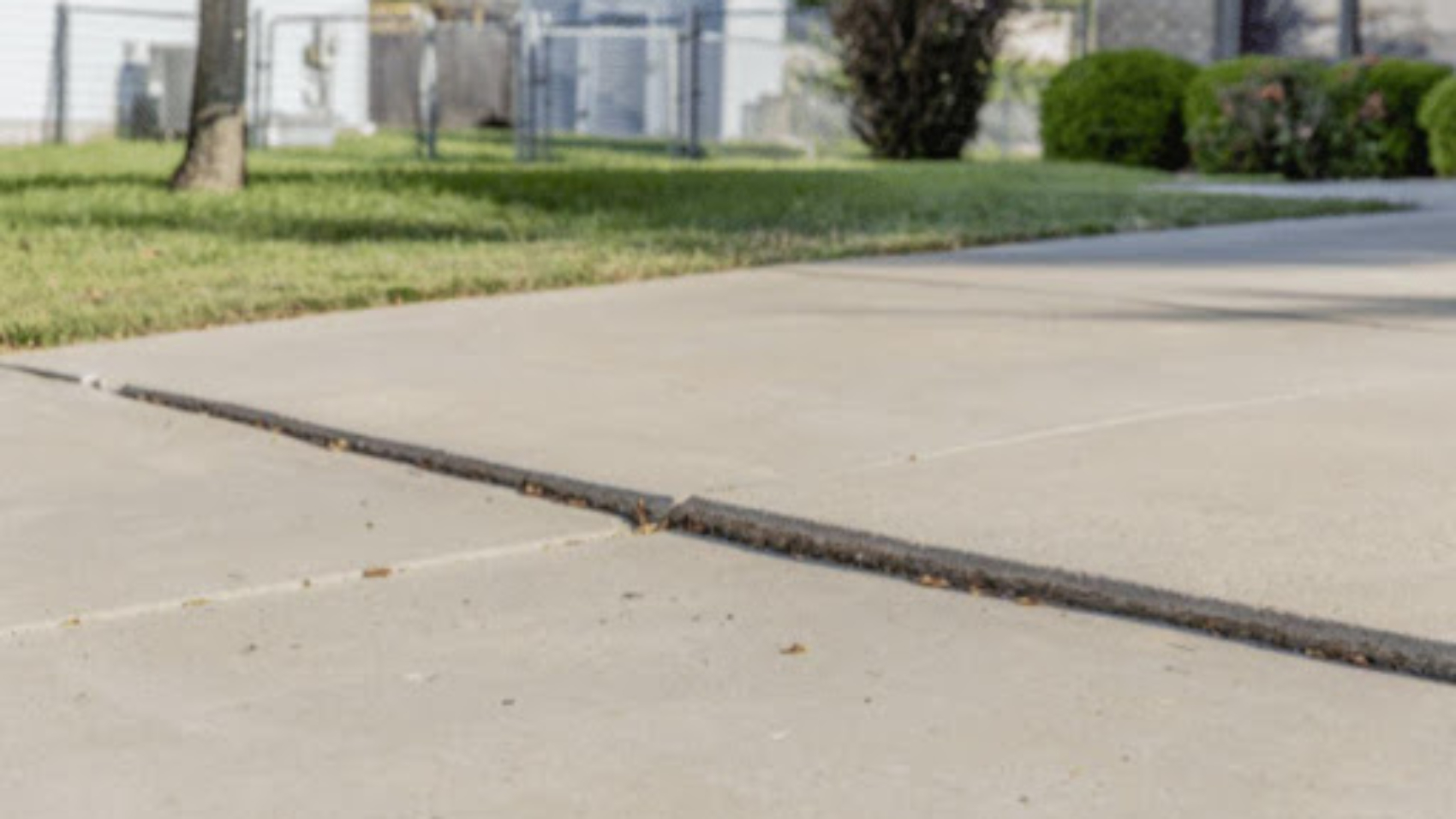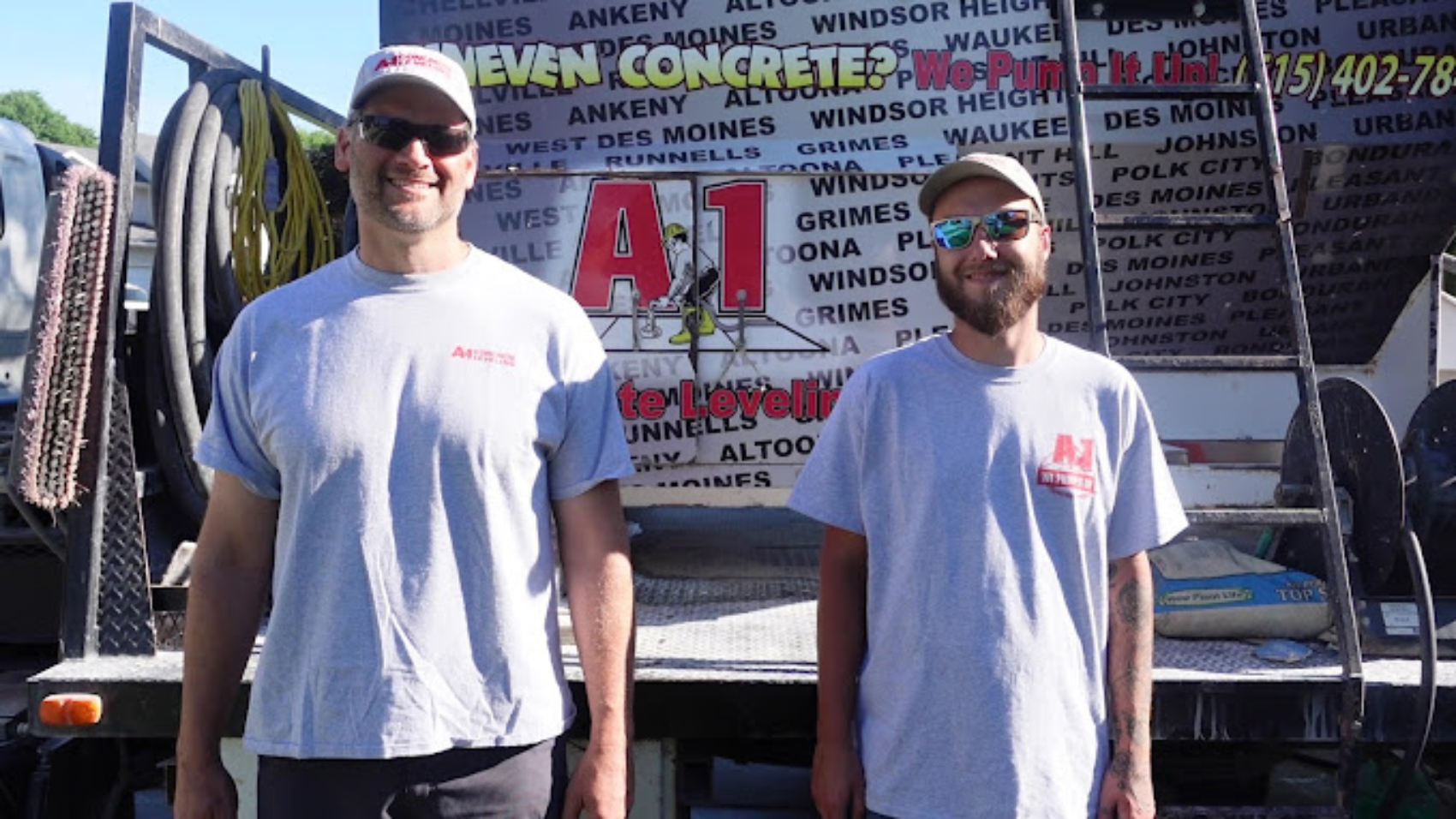Maintaining your property can be tough, especially with uneven concrete. Whether it’s your driveway, patio, or sidewalk, uneven concrete isn’t just an eyesore—it’s a tripping hazard. As a homeowner, you must choose between leveling the concrete or replacing it. At A-1 Concrete Leveling Des Moines, we believe leveling is the smarter, more cost-effective, and eco-friendly option. We offer transparent, upfront estimates and consult with customers if unexpected issues arise. With over 18 years of experience, our top-quality service and strong warranty set us apart. As a locally owned business, we prioritize exceptional customer service. Here’s why leveling is the better choice.
Concrete Leveling vs. Full Concrete Replacement
- Concrete Leveling: Also known as mudjacking or pressure grouting, concrete leveling involves lifting and leveling the existing slab by drilling small holes and pumping an environmentally friendly slurry underneath. This mixture fills voids and raises the concrete to its proper level.
- Full Concrete Replacement: Full replacement involves removing the existing concrete, preparing the ground, and pouring new concrete. While this provides a brand-new surface, it is significantly more labor-intensive, time-consuming, and expensive.
- Indicators You Need Concrete Leveling: Uneven slabs, cracks, surface damage, and general unevenness are key indicators that you need concrete leveling.
The Benefits of Concrete Leveling
Cost Efficiency
- Lower Costs: Concrete leveling typically costs a fraction of what you’d pay for a full replacement. Since there’s no need to demolish and remove the old concrete, you save on labor and disposal fees.
- Budget-Friendly: The materials used for leveling are less expensive than new concrete needed for replacement, making it a budget-friendly option for homeowners.
Time-Saving
- Quick Process: Leveling can often be completed in just a few hours, whereas full replacement can take several days or even weeks, depending on the size and scope of the project.
- Minimal Disruption: Because the process is quick, there’s minimal disruption to your daily life. You can use your driveway or patio soon after the leveling is complete.
Environmental Impact
- Less Waste: Leveling uses non-toxic materials, reduces debris and waste going into our landfills.
- Eco-Friendly: By avoiding the demolition of existing concrete and using toxic materials, you help reduce pollutants making leveling a more environmentally friendly choice.
Durability and Effectiveness
- Long-Lasting Results: Properly leveled concrete can last for many years. Materials ride with the soil and will remain in place so long as the soil is stabilized.
- Safety First: Leveling eliminates trip hazards and creates a smooth, even surface, enhancing the safety and aesthetics of your property.
Get Started Today
Don’t let uneven concrete ruin the appearance and safety of your property. Contact A-1 Concrete Leveling Des Moines today for a free quote and discover how easy and affordable it can be to level your concrete. Let us help you save money and enhance your real estate with our expert concrete leveling services.



